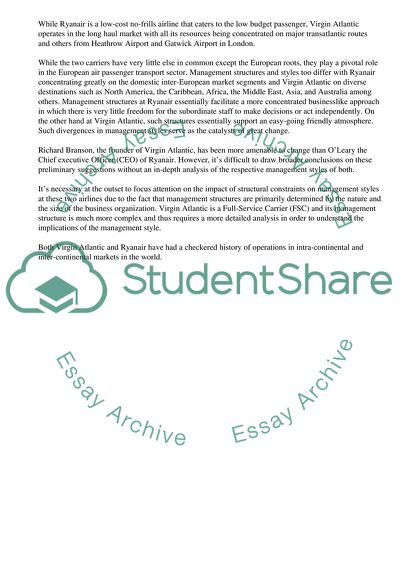Cite this document
(Management Styles: Ryanair versus Virgin Atlantic Case Study, n.d.)
Management Styles: Ryanair versus Virgin Atlantic Case Study. Retrieved from https://studentshare.org/management/1725005-managing-business-organizations-management-styles-ryanair-v-virgin-atlantic
Management Styles: Ryanair versus Virgin Atlantic Case Study. Retrieved from https://studentshare.org/management/1725005-managing-business-organizations-management-styles-ryanair-v-virgin-atlantic
(Management Styles: Ryanair Versus Virgin Atlantic Case Study)
Management Styles: Ryanair Versus Virgin Atlantic Case Study. https://studentshare.org/management/1725005-managing-business-organizations-management-styles-ryanair-v-virgin-atlantic.
Management Styles: Ryanair Versus Virgin Atlantic Case Study. https://studentshare.org/management/1725005-managing-business-organizations-management-styles-ryanair-v-virgin-atlantic.
“Management Styles: Ryanair Versus Virgin Atlantic Case Study”. https://studentshare.org/management/1725005-managing-business-organizations-management-styles-ryanair-v-virgin-atlantic.


